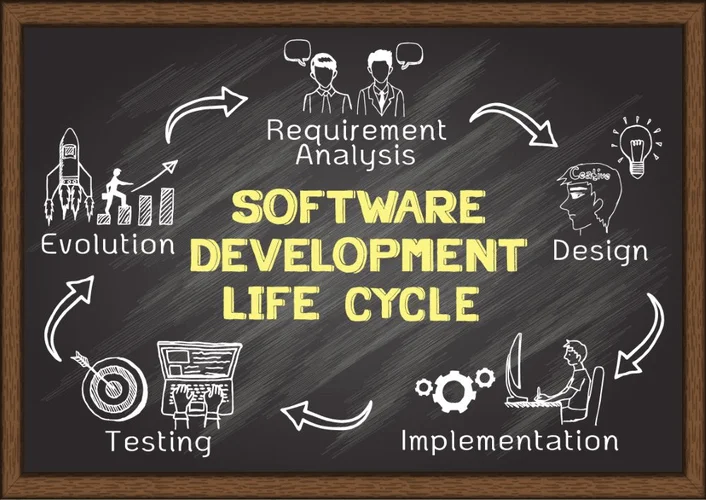In 1916, Tricomi [1] introduced initially the idea of quasi-nonexpansive for actual capabilities. Subsequently, this idea has studied for mappings in Banach and metric spaces convergence metric (see, e.g., [2–7]). Recently, some generalized kinds of quasi-nonexpansive mappings in metric and Banach spaces have appeared. Convergence is a basic concept in mathematics that’s relevant in varied fields of research. It is an idea that plays a significant function in the evaluation and understanding of mathematical fashions and systems. The significance of convergence can be seen in several points of view.
Browse Other Questions Tagged Prprobabilitymeasure-theorylimits-and-convergencemetric-spaces Or Ask Your Own Question
For instance, a circle can be defined as a set of points which are equidistant from a fixed level within the airplane. Alternatively, we are in a position to define a circle as a space https://www.globalcloudteam.com/ that can be lined by two open units that intersect in two related parts. This definition illustrates the facility of open covers to seize the essential properties of a space. When it involves analyzing the convergence of sequences, one great tool at our disposal is that of open covers. Limits and open covers go hand in hand, because the latter is a means of analyzing the convergence of sequences via the use of sets that may contain any number of components. Essentially, an open cowl of a set is a group of open sets that, when mixed, comprise the whole set.
Convergence: Open Covers And The Artwork Of Converging Sequences
- For a fixed sample point , the squared distinction between the 2 realizations of and offers a measure of how different these two realizations are.
- In this part utilizing the notion of double pure density ( see [7]) we introduce thenotion of statistical Cauchy sequences in a metric-like area.
- This property is weaker than compactness, but nonetheless has many helpful consequences.
- This definition illustrates the facility of open covers to seize the important properties of an area.
- It refers to the concept of a sequence of numbers or features that approaches a sure restrict or value as the phrases go on indefinitely.
By using open covers, we are ready to show that a sequence is convergent, and by using converging sequences, we are able to higher perceive open covers. These concepts are closely intertwined and provide totally different perspectives on the same mathematical ideas. Conversely, every open cover of a compact metric house has a finite subcover. This is called the Heine-Borel theorem, and it is a fundamental end in evaluation.
Example Of Discretization Strategies

Convergence is a versatile and powerful idea that has many applications in arithmetic, science, and engineering. The examples above are just some of the numerous purposes of convergence that may be found in numerous fields. By understanding the idea of convergence and its purposes, we will achieve a deeper perception into the conduct of complicated systems, develop more environment friendly algorithms and software, and make better choices based on information and models. If the distance becomes smaller and smaller by growing , then the sequence of random vectors converges to the vector .
Sequence Convergence In Metric Areas
A restrict of a sequence (or net) of points (x i)(x_i) in a topological space (or different convergence space) XX is a degree xx such that the sequence ultimately gets arbitrarily close to xx. In arithmetic and statistics, weak convergence is certainly one of many kinds of convergence regarding the convergence of measures. It is determined by a topology on the underlying area and thus isn’t a purely measure-theoretic notion. The statements in this part are nevertheless all appropriate if μn is a sequence of chance measures on a Polish house. From a topological point of view, an open cover is a group of open sets that cover an area. The key idea is that we are ready to use open units to outline the construction of a space.
Definition For Sequences Of Random Variables

Is said to be quasi-nonexpansive mapping if for every and for each , . The following corollary is a direct consequence of the above theorem. Next, we generalize the idea of asymptotic density of a set in an l-dimensional case.

By inspecting the open units that include the limit, we are in a position to determine whether or not the sequence remains within those units because it approaches the limit. If it does, then we will say that the sequence converges to that limit. When these circumstances are fulfilled, the space $X$ is often called an area with convergence in the sense of Fréchet. An example of such an area is any topological Hausdorff area, and consequently any metric house, particularly any countably-normed space, and therefore any normed space (although by no means every semi-normed space). In order for a sequence to converge in a complete metric area it is needed and sufficient that it be a Cauchy sequence.
The Subspace Of Almost Convergent Sequences
(b) converges to some extent in if , is a closed set, is weakly quasi-nonexpansive with respect to , and is complete. Use convergence to guarantee you run a enough, but not extreme variety of iterations to achieve statistically correct analysis results. When convergence is enabled, the system runs the risk analysis and calculates key metrics at chosen intervals throughout the simulation.
The above notion of convergence generalizes to sequences of random vectors in a straightforward method. Therefore, the sequence converges in mean-square to the fixed random variable . The following example illustrates the idea of mean-square convergence. As explained beforehand, totally different definitions of convergence are based mostly on different ways of measuring how related to one another two random variables are. (iv) is a sequence in such that for every and is weakly quasi-nonexpansive with respect to .

Because Oracle Primavera Cloud is a multi-threaded software, the variety of iterations run may be higher than the variety of iterations at which the analysis converged due to each thread finishing independently. When Use Convergence is selected, the chance analysis statics panel shows Maximum Iterations and the danger evaluation runs until the specified convergence criteria are met, or till the evaluation reaches the specified most number of iterations. In this part, some basic definitions and results associated to PM-space, PGM-space, and statistical convergence are presented and discussed. First, recall the definition of triangular norm (t-norm) as follows. In this section using the notion of double natural density ( see [7]) we introduce thenotion of statistical Cauchy sequences in a metric-like house.
A subsequence of a sequence is a sequence formed by taking parts from the unique sequence in their original order, but not essentially all of them. If a sequence converges, then every subsequence also converges, and so they all converge to the identical restrict. Here the supremum is taken over f ranging over the set of all measurable capabilities from X to [−1, 1]. In the case where X is a Polish space, the entire variation metric coincides with the Radon metric. The notion of weak convergence requires this convergence to happen for each continuous bounded perform f. This notion treats convergence for different capabilities f independently of each other, i.e., totally different capabilities f might require different values of N ≤ n to be approximated equally nicely (thus, convergence is non-uniform in f).
This part will focus on the importance of convergence in arithmetic from completely different perspectives. In abstract, the relationship between convergent sequences and open covers is a wealthy and interesting space of arithmetic. By understanding the interplay between these two concepts, we can acquire insights into the conduct of sequences and the construction of spaces. Various ideas of convergence of elements of a set can be applied to at least one and the same set of parts, depending on the problem into account. The concept of convergence performs an essential role within the answer of assorted equations (algebraic, differential, integral, and so forth.) and particularly find approximate numerical solutions for them. Both for odd and partial differential equations there are various convergent distinction methods for their numerical resolution, that are appropriate to be used in trendy computers.



